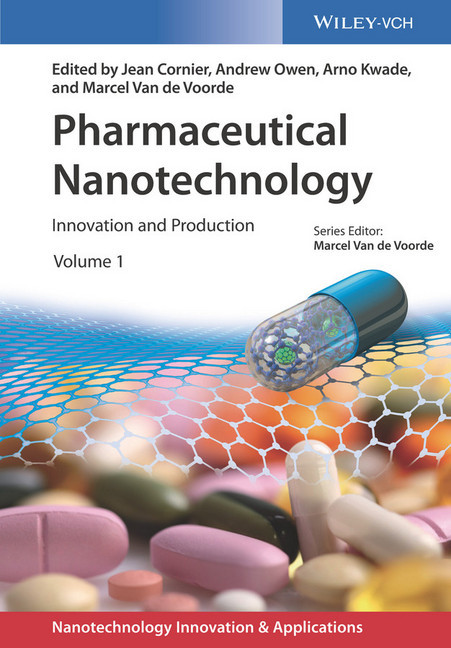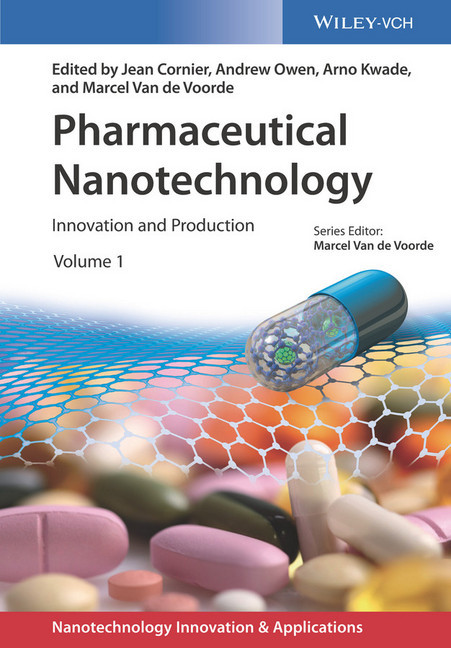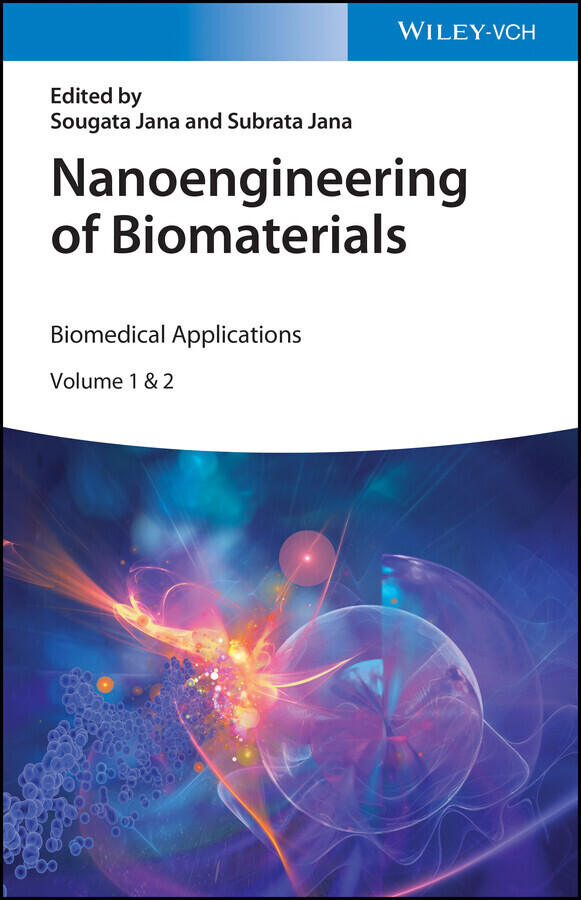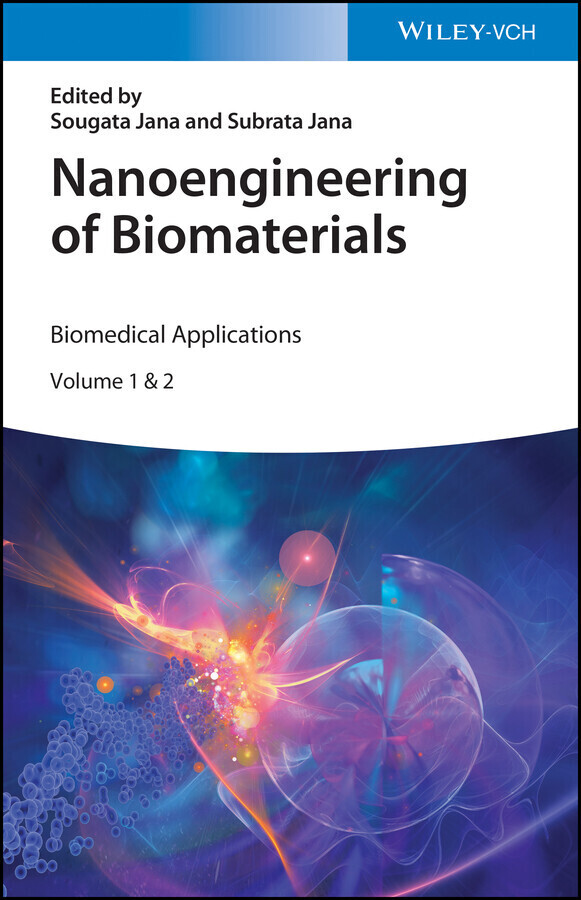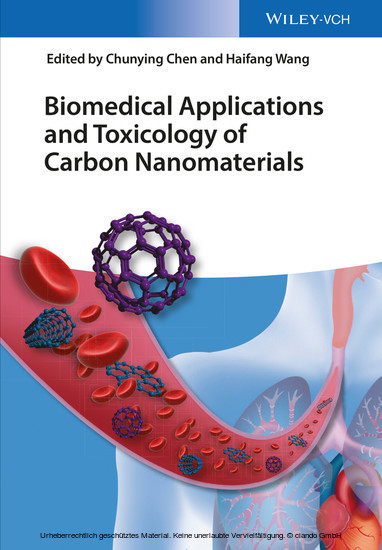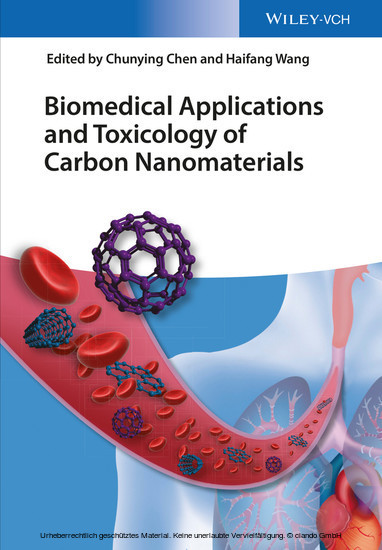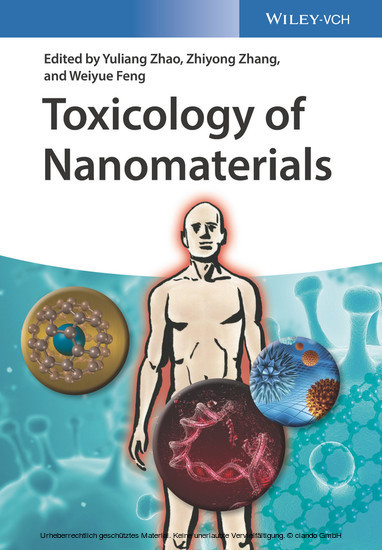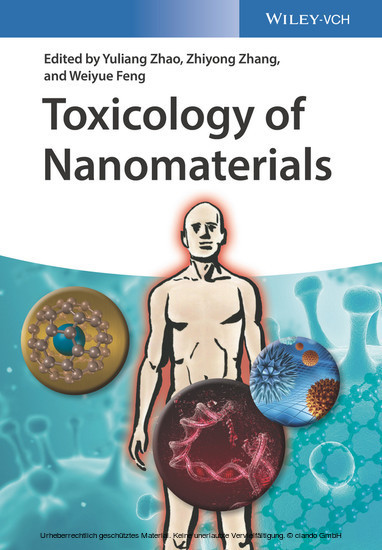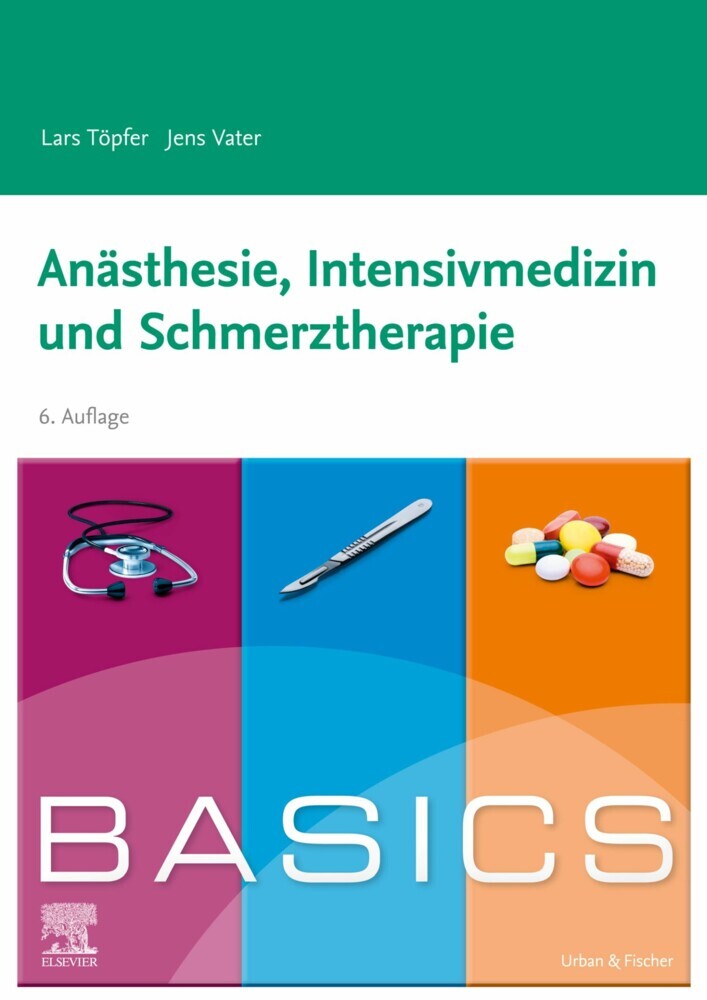Pharmaceutical Nanotechnology
Innovation and Production
With its focus on concrete methods and recent advances in applying nanotechnology to develop new drug therapies and medical diagnostics, this book provides an overall picture of the field, from the fundamentals of nanopharmacy with the characterisation and manufacturing methods to the role of nanoparticles and substances. Actual examples of utilization include drug development issues, translation to the clinic, market prospects, and industrial commercialization aspects. The applications described are taken from cancer treatment as well as other major therapeutic areas, such as infectious diseases and dermatology. An in-depth discussion on safety, regulatory, and societal aspects rounds off the book.
Written by a top team of editors and authors composed of the leading experts in Europe and the USA who have pioneered the field of nanopharmacy!
Jean Cornier is presently consultant to several companies in the areas of life science, new technologies and business development. He obtained his PhD from the University of Caen, France, and a MSc degree in pharmaceutical medicine from the University of Duisburg-Essen, Germany. Since 1986 he has worked in the space industry as expert in Materials and Life Science research and projects, was participant in space commercialisation initiatives supported by the European and German space agencies as well as in several EU-funded projects in biotechnology and civil security research.
Professor Arno Kwade is Head of the Center of Pharmaceutical Engineering and of the Institute of Particle Technology at the Technical University Braunschweig, Germany. After his PhD he worked nine years in industry as partner of a consulting firm for processing and handling of materials and as general manager of a medium-sized company active in materials processing. Professor Kwade is speaker of the European working party on comminution and classification and developed a course on nanomilling, taken by more than 1000 participants from different industries, among them many pharmaceutical companies.
Professor Andrew Owen holds a personal Chair in Molecular and Clinical Pharmacology at the University of Liverpool, UK. He is also affiliated to the MRC Centre for Drug Safety Science and the Wolfson Centre for Personalised Medicine. He is Chair of the British Society for Nanomedicine, is co-inventor of several patents related to nanomedicines and has contributed to over 150 publications and book chapters. He is co-founder of University commercial start-ups, a Fellow of the Royal Society of Biology, a Fellow of the British Pharmacological Society and member of the steering committee for the Academy of Pharmaceutical Sciences Nanomedicine Focus Group.
Marcel Van de Voorde has 40 years` experience in European Research Organisations including CERN-Geneva, European Commission, with 10 years at the Max Planck Institute in Stuttgart, Germany. For many years, he was involved in research and research strategies, policy and management, especially in European research institutions. He holds a Professorship at the University of Technology in Delft, the Netherlands, as well as multiple visiting professorships in Europe and worldwide. He holds a doctor honoris causa and various honorary Professorships.
He is senator of the European Academy for Sciences and Arts, in Salzburg and Fellow of the World Academy for Sciences. He is a Fellow of various scientific societies and has been decorated by the Belgian King. He has authored of multiple scientific and technical publications and co-edited multiple books in the field of nanoscience and nanotechnology.
Written by a top team of editors and authors composed of the leading experts in Europe and the USA who have pioneered the field of nanopharmacy!
Jean Cornier is presently consultant to several companies in the areas of life science, new technologies and business development. He obtained his PhD from the University of Caen, France, and a MSc degree in pharmaceutical medicine from the University of Duisburg-Essen, Germany. Since 1986 he has worked in the space industry as expert in Materials and Life Science research and projects, was participant in space commercialisation initiatives supported by the European and German space agencies as well as in several EU-funded projects in biotechnology and civil security research.
Professor Arno Kwade is Head of the Center of Pharmaceutical Engineering and of the Institute of Particle Technology at the Technical University Braunschweig, Germany. After his PhD he worked nine years in industry as partner of a consulting firm for processing and handling of materials and as general manager of a medium-sized company active in materials processing. Professor Kwade is speaker of the European working party on comminution and classification and developed a course on nanomilling, taken by more than 1000 participants from different industries, among them many pharmaceutical companies.
Professor Andrew Owen holds a personal Chair in Molecular and Clinical Pharmacology at the University of Liverpool, UK. He is also affiliated to the MRC Centre for Drug Safety Science and the Wolfson Centre for Personalised Medicine. He is Chair of the British Society for Nanomedicine, is co-inventor of several patents related to nanomedicines and has contributed to over 150 publications and book chapters. He is co-founder of University commercial start-ups, a Fellow of the Royal Society of Biology, a Fellow of the British Pharmacological Society and member of the steering committee for the Academy of Pharmaceutical Sciences Nanomedicine Focus Group.
Marcel Van de Voorde has 40 years` experience in European Research Organisations including CERN-Geneva, European Commission, with 10 years at the Max Planck Institute in Stuttgart, Germany. For many years, he was involved in research and research strategies, policy and management, especially in European research institutions. He holds a Professorship at the University of Technology in Delft, the Netherlands, as well as multiple visiting professorships in Europe and worldwide. He holds a doctor honoris causa and various honorary Professorships.
He is senator of the European Academy for Sciences and Arts, in Salzburg and Fellow of the World Academy for Sciences. He is a Fellow of various scientific societies and has been decorated by the Belgian King. He has authored of multiple scientific and technical publications and co-edited multiple books in the field of nanoscience and nanotechnology.
1;Pharmaceutical Nanotechnology: Innovation and Production;1 2;Series Editor Preface;9 3;About the Series Editor;11 4;Contents;13 5;Foreword;29 6;Industrial Requirement on Nanopharmacy Research;31 7;Introduction;33 8;Part One: Entry to the Nanopharmacy Revolution;35 8.1;1: History: Potential, Challenges, and Future Development in Nanopharmaceutical Research and Industry;37 8.1.1;1.1 Nanopharmaceuticals in Cancer Therapy;38 8.1.2;1.2 Nanoparticles Actively Using the Host Machinery;39 8.1.3;1.3 Nanopharmaceuticals for Oral Administration and Long-Acting Injectable Therapy;42 8.1.4;1.4 Bridging Future Nanomedicines to Commercialization;44 8.1.5;1.5 Future Outlook;45 8.1.6;Acknowledgments;46 8.1.7;References;46 8.2;2: Nanoscale Drugs: A Key to Revolutionary Progress in Pharmacy and Healthcare;51 8.2.1;2.1 Introduction;51 8.2.1.1;2.1.1 Setting the Stage;51 8.2.1.2;2.1.2 Definition and Size Aspects;52 8.2.1.3;2.1.3 Nanopharmacy: Interdisciplinary Medicine;53 8.2.2;2.2 Nanopharmacy Concepts to Improve the Safety and Efficacy of Medicines;54 8.2.2.1;2.2.1 Overcoming the Solubility Barrier;54 8.2.2.2;2.2.2 Controlling Drug Release;54 8.2.2.2.1;2.2.2.1 Sustained Release;55 8.2.2.2.2;2.2.2.2 Stimuli-Responsive Release;55 8.2.2.3;2.2.3 Overcoming Biological Barriers;56 8.2.2.3.1;2.2.3.1 Epithelial-Endothelial Barriers;57 8.2.2.3.2;2.2.3.2 Noncellular Barriers;61 8.2.2.4;2.2.4 Targeting;63 8.2.2.4.1;2.2.4.1 Active Targeting;64 8.2.2.4.2;2.2.4.2 Passive Targeting;64 8.2.3;2.3 Technical Realization of Nanopharmaceuticals;64 8.2.3.1;2.3.1 Nanosized APIs;65 8.2.3.2;2.3.2 Organic Nanocarriers;66 8.2.3.2.1;2.3.2.1 Lipid-Based Nanocarriers;66 8.2.3.2.2;2.3.2.2 Polymer-Based Nanocarriers;66 8.2.3.2.3;2.3.2.3 Protein-Based Nanoparticles;67 8.2.3.3;2.3.3 Inorganic Nanoparticles;67 8.2.4;2.4 Safety of Nanopharmaceuticals;68 8.2.5;2.5 Present and Future of Nanopharmacy;69 8.2.6;References;71 8.3;3: The Emergence of Nanopharmacy: From Biology to Nanotechnology and Drug Molecules to Nanodrugs;77 8.3.1;3.1 Introduction;77 8.3.2;3.2 First Generation of Nanopharmaceuticals: From Drug Molecules to Nanodrugs;79 8.3.2.1;3.2.1 Making New Therapies Happen: The Example of Nucleic Acid Therapeutics;81 8.3.2.1.1;3.2.1.1 Making Nanodrugs Smarter: Multifunctional Nanodrugs;83 8.3.3;3.3 Conclusion;89 8.3.4;References;90 8.4;4: Understanding and Characterizing Functional Properties of Nanoparticles;97 8.4.1;4.1 Introduction;97 8.4.1.1;4.1.1 Key Concepts: Size Matters, Biological Interactions;99 8.4.1.2;4.1.2 Link Between Material Properties and Characterization for Differing Timescales of Biological Interaction;101 8.4.1.2.1;4.1.2.1 Early Times;101 8.4.1.2.2;4.1.2.2 Degradation of Surface;102 8.4.1.2.3;4.1.2.3 Long Timescales;103 8.4.1.2.4;4.1.2.4 Priorities;104 8.4.2;4.2 The Approach to Characterization;104 8.4.2.1;4.2.1 The Nature of Early-Stage Biological Recognition;104 8.4.2.1.1;4.2.1.1 Epitope and Recognition Motif Mapping;105 8.4.2.1.2;4.2.1.2 Forces, Dynamics, and Other Processes at Bio-Nano interface;105 8.4.2.2;4.2.2 The Nature of the Intracellular Bio-Nano Interface;108 8.4.2.3;4.2.3 The Future of the Bio-Nano Interface, Bionanoscience, and Nanomedicine;110 8.4.3;References;111 8.5;5: Omics-Based Nanopharmacy: Powerful Tools Toward Precision Medicine;115 8.5.1;5.1 Introduction;115 8.5.2;5.2 Precision Medicine;116 8.5.2.1;5.2.1 Precision Oncology;117 8.5.2.2;5.2.2 Therapeutic mAbs;117 8.5.2.3;5.2.3 Therapeutic Small-Molecules Inhibitors;118 8.5.2.4;5.2.4 Chimeric Antigen Receptors (CARs);119 8.5.3;5.3 "OMICS" - New Era in Understanding Pathology;120 8.5.3.1;5.3.1 Next-Generation Sequencing (NGS);120 8.5.3.2;5.3.2 The Identification of "Clear-Cut" Biomarkers Using State-of-the-Art Proteomics;121 8.5.3.3;5.3.3 Personal OMICS Profiling;122 8.5.3.4;5.3.4 Single-Cell Sequencing;123 8.5.4;5.4 Nanomedicine;124 8.5.4.1;5.4.1 Personalized Oncology Using Nanomedicine;124 8.5.4.1.1;5.4.1.1 Passive Tissue Targeting vs. Active Cellular Targeting;124 8.5.4.2;5.4.2 RNAi: A
Cornier, Jean
Kwade, Arno
Owen, Andrew
| ISBN | 9783527800674 |
|---|---|
| Artikelnummer | 9783527800674 |
| Medientyp | E-Book - PDF |
| Copyrightjahr | 2016 |
| Verlag | Wiley-VCH |
| Umfang | 775 Seiten |
| Sprache | Englisch |
| Kopierschutz | Adobe DRM |

